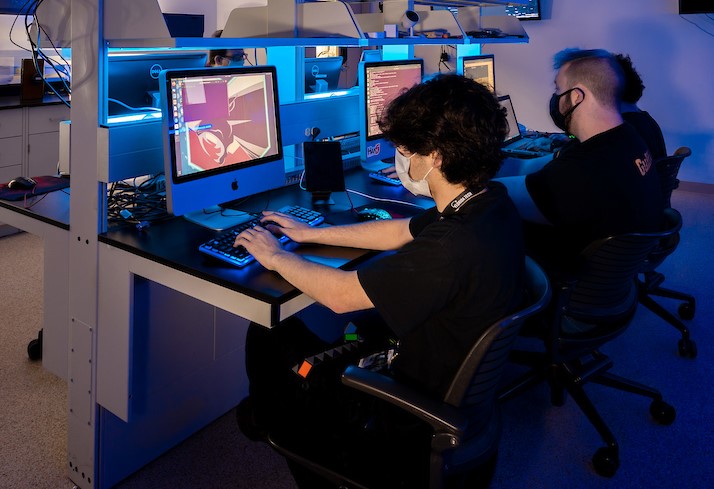Document Type
Conference Proceeding
Publication Title
Proceedings of SPIE - the International Society for Optical Engineering
Abstract
We discuss a robust method for optimal oil probe path planning inspired by medical imaging. Horizontal wells require three-dimensional steering made possible by the rotary steerable capabilities of the system, which allows the hole to intersect multiple target shale gas zones. Horizontal "legs" can be over a mile long; the longer the exposure length, the more oil and natural gas is drained and the faster it can flow. More oil and natural gas can be produced with fewer wells and less surface disturbance. Horizontal drilling can help producers tap oil and natural gas deposits under surface areas where a vertical well cannot be drilled, such as under developed or environmentally sensitive areas. Drilling creates well paths which have multiple twists and turns to try to hit multiple accumulations from a single well location. Our algorithm can be used to augment current state of the art methods. Our goal is to obtain a 3D path with nodes describing the optimal route to the destination. This algorithm works with BIG data and saves cost in planning for probe insertion. Our solution may be able to help increase the energy extracted vs. input energy.
DOI
10.1117/12.2050033
Publication Date
5-5-2014
Recommended Citation
Smith, O., Rahmes, M., Blue, M., & Peter, A. (2014). Path optimization for oil probe. Paper presented at the Proceedings of SPIE - the International Society for Optical Engineering, , 9106 doi:10.1117/12.2050033



